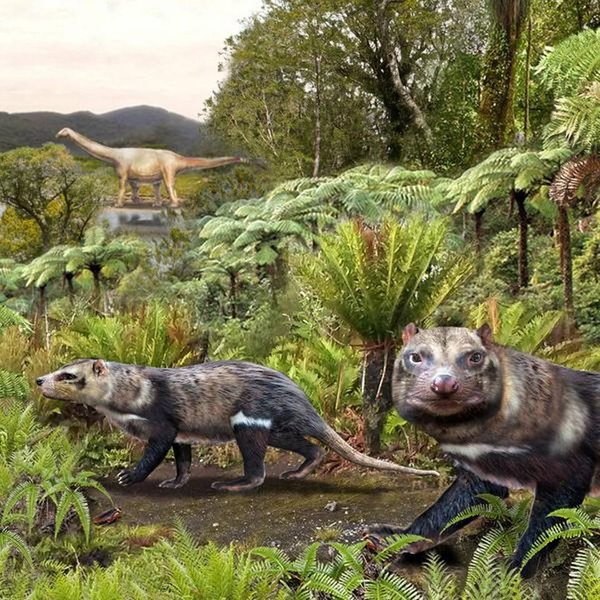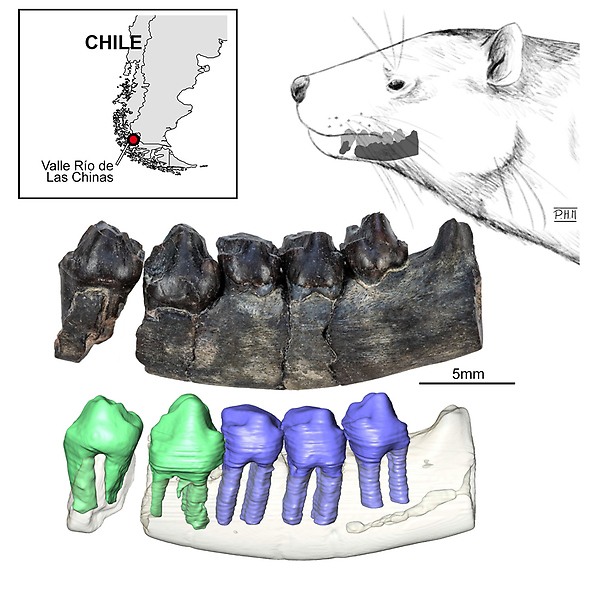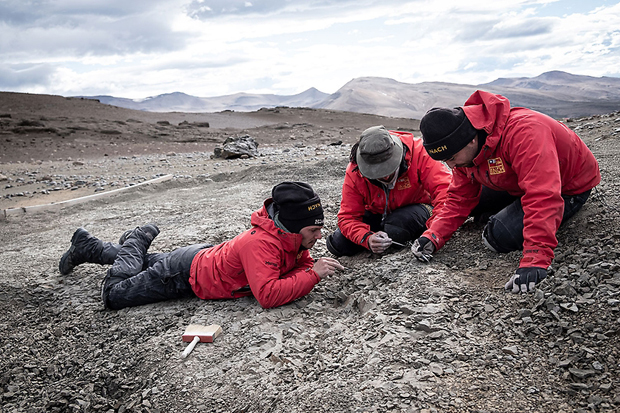A New Species of Ancient Mammal from Southern Chile
A new species of Late Cretaceous South American mammal has been named and described. The omnivorous Orretherium tzen is only the second mammal from the Mesozoic known from Chile. The newly described O. tzen joins Magallanodon baikashkenke which was named in 2020. Orretherium has been described from a partial lower jawbone, which had 5 teeth in situ and a single isolated tooth found just a few metres away from the jaw fragment. It is thought to have been about the size of a modern skunk, although it was only distantly related to modern mammals.

The Mammal Quarry
The fossils were found in exposures of the Dorotea Formation (late Campanian to early Maastrichtian faunal stages of the Late Cretaceous), on a small hill nicknamed “the mammal quarry”, reflecting the significance of the site in terms of Late Cretaceous mammalian fossil finds. Although the isolated tooth that helped describe this species was found close to the jaw fragment, the researchers cannot unambiguously refer this tooth to the same individual animal although it is highly probable taking in account their compatible size, wear and close proximity.

Classified as a member of the Meridiolestida
Orretherium has been classified as a member of the Meridiolestida, an extinct group of mammals known from South America and Antarctica.
Co-author of the research paper published in the journal Scientific Reports, Sergio Soto-Acuña (University of Chile), commented:
“This mammal is a primitive lineage of the group of meridiolestids, very successful at the end of the Age of dinosaurs in South America. The jaw found has five teeth in place that indicate omnivorous habits, it probably fed on plants and insects”.

Everything Dinosaur acknowledges the assistance of a media release from the Universidad de Chile in the compilation of this article.
The scientific paper: “New cladotherian mammal from southern Chile and the evolution of mesungulatid meridiolestidans at the dusk of the Mesozoic era” by Agustín G. Martinelli, Sergio Soto-Acuña, Francisco J. Goin, Jonatan Kaluza, J. Enrique Bostelmann, Pedro H. M. Fonseca, Marcelo A. Reguero, Marcelo Leppe and Alexander O. Vargas published in Scientific Reports.
The Everything Dinosaur website: Prehistoric Animal Models and Figures.

